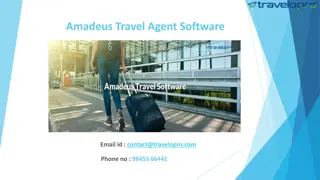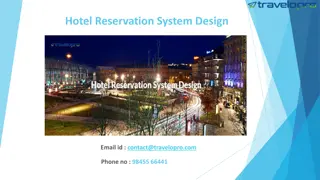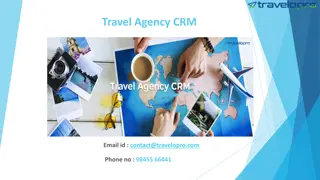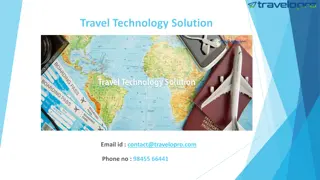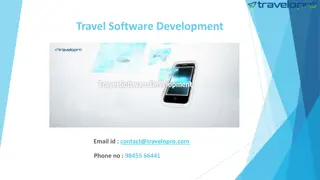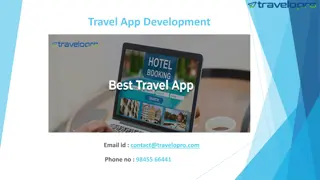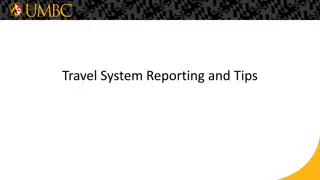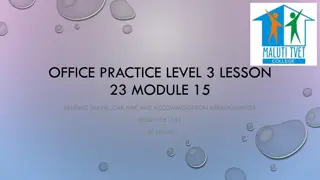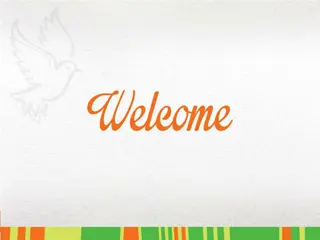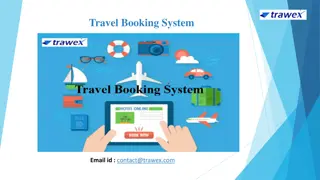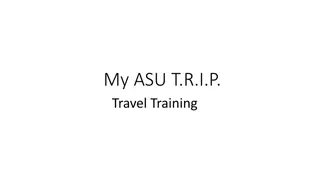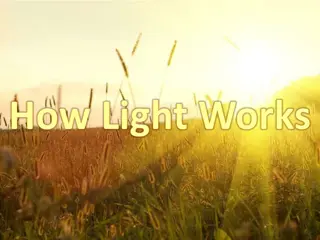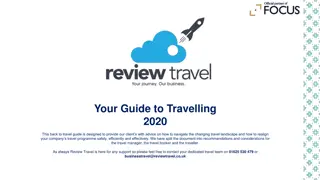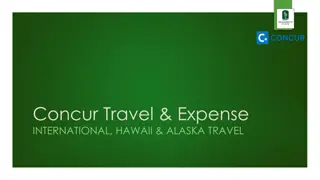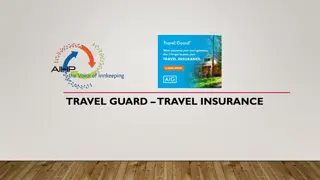Understanding Light Reflection and Travel
Explore how light travels and is reflected using examples of objects like glass of water, mug, shiny spoon. Learn about reflective surfaces and materials and their practical applications in daily life. Understand the behavior of light when it hits a reflective surface through engaging activities and educational videos.
Download Presentation

Please find below an Image/Link to download the presentation.
The content on the website is provided AS IS for your information and personal use only. It may not be sold, licensed, or shared on other websites without obtaining consent from the author. Download presentation by click this link. If you encounter any issues during the download, it is possible that the publisher has removed the file from their server.
E N D
Presentation Transcript
WALT: - travels understand how light - from can be reflected by a mirror understand that light
Starter Task task: https://www.bbc.co.uk/bitesize/articles/zjjx6v4 Use the link below to try the Super Mover routine to warm you up for this Think back to last lesson. Can you remember any examples of light sources? Watch the clip below and write down as many examples as you can! https://www.bbc.co.uk/bitesize/clips/zjkc87h Challenge: Can you add any of your own examples?
Task 1: How does light travel? You will need a torch / torch from a mobile phone to complete this activity: Shine a torchlight on the following objects and make a note of what happens: A glass of water - transparent object A mug or cup - opaque object A shiny spoon - reflective object Move the torch around the objects to see how the light behaves. Write down your findings.
Watch the following video carefully: https://www.bbc.co.uk/bitesize/clips/zg6r82p Today, we are going to focus on how light behaves when it hits a reflective surface.
Reflective Light Light travels in a straight line. When light hits an object, it is reflected (bounces off). If the reflected light hits our eyes, we can see the object. Light from the torch hits the object. The light is reflected from the object.
Reflective Light Some surfaces and materials reflect light well. Other materials do not reflect light well. Reflective surfaces and materials can be very useful: Reflective strips on coats or bags mean you can be seen at night. They are also useful for fire-fighters or builders who may work in a dark and dangerous environment. 'Cat's Eyes' help drivers see the road by reflecting light from headlamps. Mirrors let us see ourselves, and are also useful in cars, to allow drivers to see behind them. Retro-reflectors are used for road signs so that drivers can see the signs from their car.
Reflecting light All surfaces reflect some light. For us to see a surface, light has to reflect off it and enter our eyes. SUN
Reflecting light The direction that light travels can be drawn using arrows on a straight line. Can you show which way the light is travelling by including arrows in this diagram? SUN
Reflecting light Different surfaces reflect light in different ways. Do you think these two surfaces will reflect the beams of light differently? Why? A B
Reflective Surfaces Some surfaces reflect light better than others. The surfaces that reflect light best are smooth, shiny and flat. This is because the light rays bounce off these surfaces at the same angle. When the light rays hit the smooth mirror, they all bounce off at the same angle, creating a clear reflection. When the light rays hit a rough surface, they scatter in all different directions, so it doesn t reflect well. If light hits a rough surface, the light rays all bounce off at different angles, meaning the light is scattered/diffused. It does not reflect well.
Mirrors Mirrors are so smooth that they reflect light without disrupting the image that is being reflected and create a specular reflection.
Main Task Mirror activities
Activity 1- Using mirrors This activity will show you how light behaves when it hits the surface of a mirror Can you use the mirrors to reflect the beam of light onto the different objects? 1. Point your torch (light source) at a mirror. 2. The light should hit the mirror and bounce off to light up (illuminate) an object in the room. 3. Experiment by moving the torch (light source) closer and further away from the mirror/changing the angle that you are stood at to light up different objects. Mirror Object
Activity 2- Reflection tracing (work with a partner) 1. Draw a wiggly line on a large piece of paper. 2. Hold a small torch keeping it very still and pointing in front of you. 3.Your partner has to use their mirror to reflect the torch s beam of light onto the line and trace the line to the end by changing the position of the mirror. Afterwards: Can you draw a diagram to show how the light travelled from the torch to the wiggly line? Use arrows to show the direction that light travels.
Activity 3- Making a periscope 1. Kneel down behind your chair. 2. Can you use two mirrors to see over the top of the chair? If you can, you have made a basic periscope. 3.Can you draw a diagram to show how the light travelled from behind the chair, into your eyes? Use arrows to show the direction that light travels.
Activity 4- Mirror Writing Stand your mirror up vertically at the top of a piece of paper. 2.Can you write your name on the paper? 1. You are only allowed to look at your hand in the mirror! What do you notice about your writing?
Plenary Use the word bank at the bottom of this slide to help you complete each sentence about light. 1. Light travels in ________ lines away from their _________ . 2. The direction that light travels can be drawn using_______ on a straight line. 3. ________ surfaces create a diffused reflection by scattering the light. 4.________ create a mirror image. arrows light source mirrors straight


